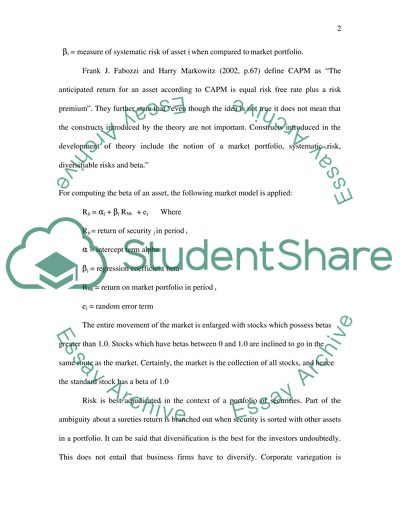Cite this document
(Portfolio Theory and Capital Asset Pricing Model Term Paper, n.d.)
Portfolio Theory and Capital Asset Pricing Model Term Paper. Retrieved from https://studentshare.org/finance-accounting/1510672-capital-asset-pricing-model-essay
Portfolio Theory and Capital Asset Pricing Model Term Paper. Retrieved from https://studentshare.org/finance-accounting/1510672-capital-asset-pricing-model-essay
(Portfolio Theory and Capital Asset Pricing Model Term Paper)
Portfolio Theory and Capital Asset Pricing Model Term Paper. https://studentshare.org/finance-accounting/1510672-capital-asset-pricing-model-essay.
Portfolio Theory and Capital Asset Pricing Model Term Paper. https://studentshare.org/finance-accounting/1510672-capital-asset-pricing-model-essay.
“Portfolio Theory and Capital Asset Pricing Model Term Paper”, n.d. https://studentshare.org/finance-accounting/1510672-capital-asset-pricing-model-essay.


